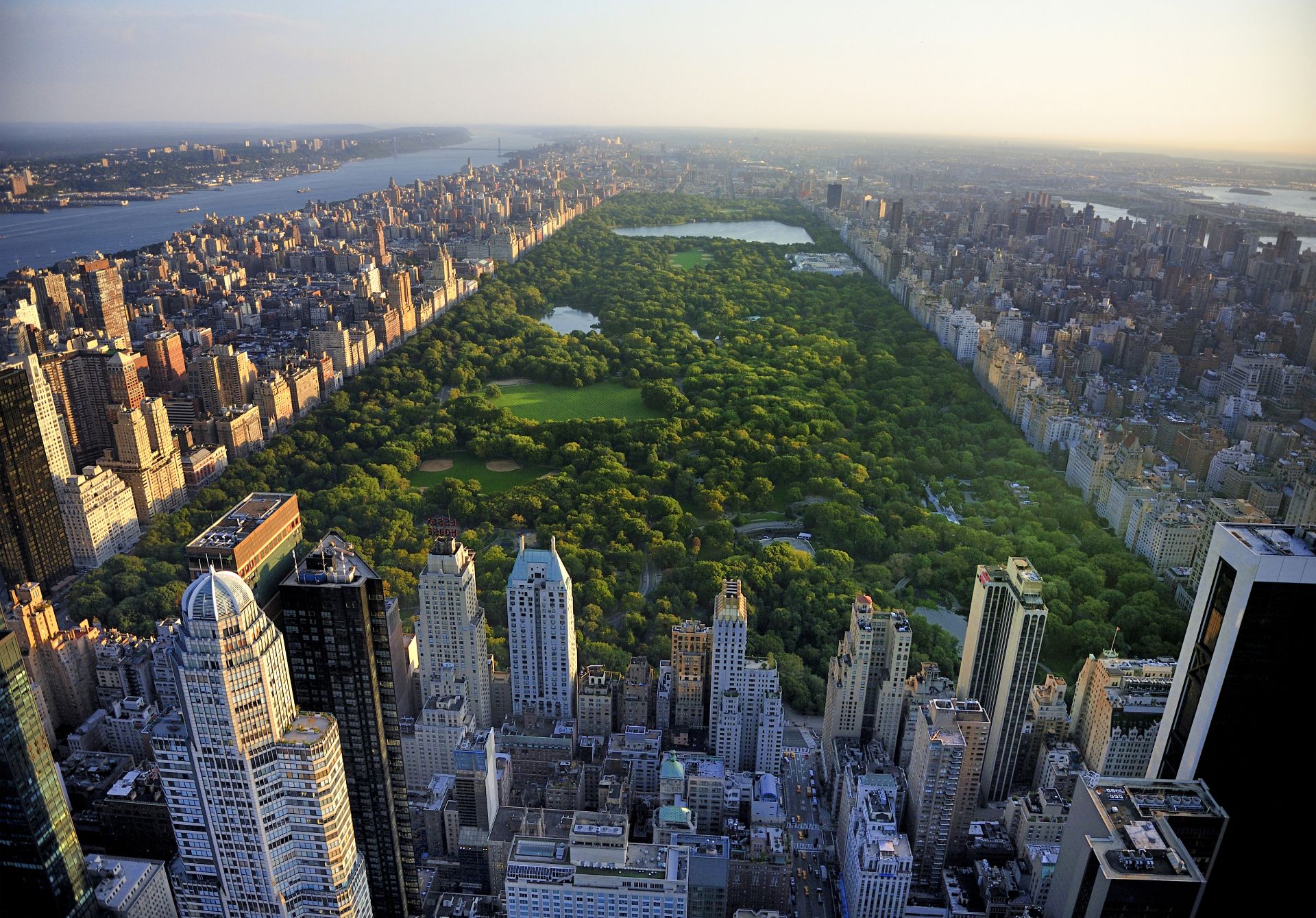Established in 1857, Central Park stands as one of the most significant urban planning achievements in American history. The 843-acre park was designed by Frederick Law Olmsted and Calvert Vaux, who won a design competition with their “Greensward Plan.” At the time of its creation, the park was one of the first public parks to be developed using landscape architecture techniques, setting a precedent for urban parks worldwide.
The park’s construction required the relocation of approximately 1,600 residents, including those living in Seneca Village, a prominent African-American community. This displacement represents a complex aspect of the park’s history that historians and city planners continue to study and acknowledge today.
Natural and Architectural Wonders
Central Park features an impressive array of natural and man-made attractions. The park contains over 18,000 trees, 58 miles of walking paths, and 150 acres of lakes and streams. Notable landmarks include:
- Bethesda Terrace and Fountain
- Belvedere Castle
- The Central Park Zoo
- The Jacqueline Kennedy Onassis Reservoir
- Strawberry Fields (John Lennon Memorial)
Cultural Impact and Modern Usage
Today, Central Park welcomes over 42 million visitors annually, making it one of the most visited urban parks in the world. The park serves as a crucial recreational space for New Yorkers and tourists alike, hosting over 5,000 events annually, including concerts, marathons, and cultural festivals. The SummerStage concert series alone attracts hundreds of thousands of visitors each season.
Environmental Significance
Beyond its recreational value, Central Park plays a vital environmental role in New York City. The park’s trees remove an estimated 1,000 tons of carbon dioxide from the atmosphere annually and help reduce the urban heat island effect. The park also serves as a crucial habitat for wildlife, including over 230 bird species that have been documented within its boundaries.
Economic Impact
Studies have shown that Central Park significantly impacts New York City’s economy. Properties adjacent to the park command premium prices, with real estate values increasing by approximately 25% for properties within two blocks of the park. The Central Park Conservancy estimates that the park generates over $1 billion in economic activity annually through tourism, events, and increased property values.
Conservation and Management
Since 1980, the Central Park Conservancy has managed the park through a partnership with NYC Parks. The Conservancy raises 75% of Central Park’s annual budget and is responsible for all aspects of park maintenance, operations, and restoration. Their work has transformed the park from a deteriorated state in the 1970s to the world-class public space it is today.
Future Challenges and Opportunities
As climate change and urbanization continue to present new challenges, Central Park faces important considerations for its future. The park’s management must balance increased visitor usage with environmental preservation, while also preparing for climate-related challenges such as more frequent extreme weather events and the need for sustainable water management.
Central Park represents far more than just a green space in Manhattan; it stands as a testament to the importance of urban planning and public spaces in creating livable cities. Its successful transformation from a rocky, swampy terrain to a masterfully designed public park continues to inspire urban planners and landscape architects worldwide. As we look to the future, Central Park’s role as a vital environmental, cultural, and recreational resource for New York City only grows in importance, making its preservation and careful management more crucial than ever.
